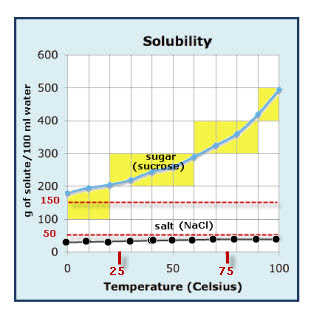Introduction to Structures - Part 1, 2 & 3 / Hands-On Project Questions (Build Report)
*Part 1 - Questions should be completed by Monday April 23. Show Mr. Mak when finished. *Part 2 - Questions should be completed by Monday April 30. Show Mr. Mak when finished. *You may not continue building your structures project unless these are finished first. Part 1 List the four BIG IDEAS for the unit. (p. 1) Define structure. (p. 4 and glossary) Define stability (p. 4 and glossary) List six ways structures can be classified (grouped/organized into categories) (p. 10) Define solid/mass structure. (p. 11 and glossary). Give four real-world examples of solid structures NOT shown in the textbook. What materials are larger solid structures often built out of? (p. 11) Define frame structure. (12 and glossary) Give three or more real-world examples of frame structures not in the text. What material are most frames for houses built from? (p. 12) What material are frames for larger buildings such as apartments, shopping malls built from? (

